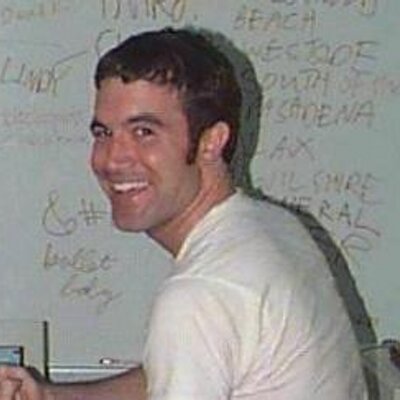Bliss
In 1996 while on the way to visit his girlfriend, photographer Charles O'Rear was travelling along a winding country road just north of San Francisco, USA. A storm had just passed over and the recent winter rains had made the area vibrantly green; He was alert for a photo opportunity.
"There it was! My God, the grass is perfect! It's green! The sun is out; there's some clouds," he remembers thinking - proceeding to pull over, set up his tripod, find a frame and shoot.
| "Bliss" from Microsoft Windows XP - Used with permission from Microsoft. |
In this blog post I will be looking at other examples that have gained recognition and notoriety because they were the default or sample.
Tom
Anyone who had a Myspace account prior to 2010 will remember their first friend when they joined was someone named Tom. Every account that was created had Tom as a friend by default, giving him a total of around 270 million friends and influences at his peak.
Tom Anderson is still often referred to as "Myspace Tom" in reference to his acquired fame however he hasn't worked at Myspace since 2010.
Snake
The video game concept for snake first originated in 1970's arcades, long before the 1997 version made by Nokia. Its notoriety comes partly from the video game Tron but it owes the majority of is success and recognition from Nokia adopting it as a default game for their mobile handsets of the early 2000's.
The Nokia Tune
The Grande Valse, better known as the "Nokia Tune" was the first identifiable musical ringtone on a mobile phone, and has become a cult classic because of its inclusion as the default on Nokia's mobile phones.
This simple melody was composed in 1902 for guitar by Spanish classical guitarist and composer Francisco Tárrega at a time were landlines phones were just taking off.
Once used for the purpose of a default ringtone by Nokia the tune has gone on to become an icon for the Nokia company and is estimated to be heard 1.8 billion times per day, about 20,000 times per second (2010).
The Default Effect
It is interesting that by simply being the default, something can be propelled to such notoriety. Can you think of any other examples?










.jpg)
